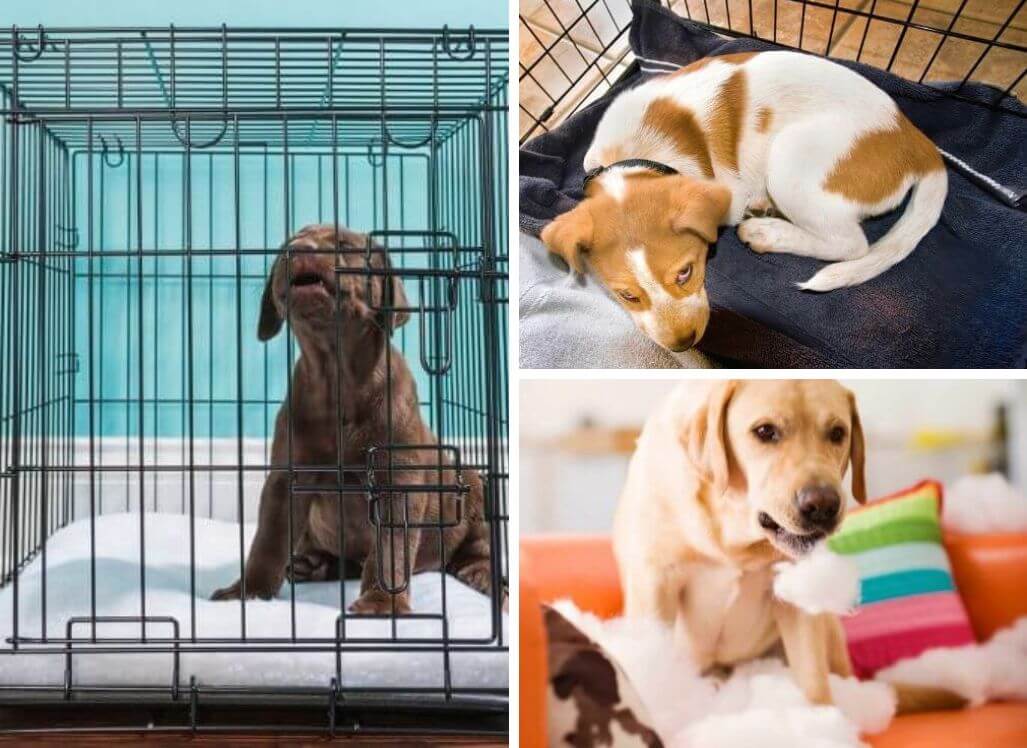Did you know that dogs can suffer from anxiety, just like humans? In fact, one study on canine anxiety found that "In total, 72.5% of dogs had some kind of highly problematic behavior".
Each dog is different, and it can sometimes be difficult to determine whether your dog is suffering from anxiety, since every dog has unique ways of expressing their emotions. To add to the problem, different types of anxiety can result in different behaviors.
Some dogs can get labeled as naughty, stubborn, or disobedient because they are not behaving the way you want them to, or are not doing what you tell them to. But this may just be because they are suffering from some form of anxiety. If the problem gets really bad, the dog may be given up to be re-homed.
Fortunately, there are common signs that your dog may display when they are experiencing anxiety. Knowing how to recognize the signs of anxiety in your furry friend is the first step in helping them overcome their anxiety. In this blog post, we'll explore some of the most common ways dogs express their anxiety.
Expressions of Anxiety:

Destructive behavior
This includes chewing anything and everything around the house, and destroying furniture.
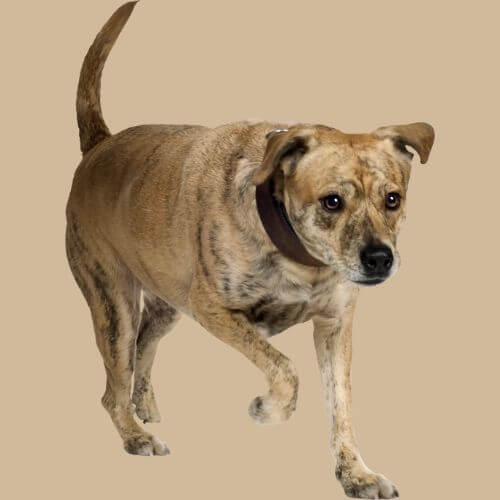
Repetitive behavior
The dog may pace up and down, go in circles, or be generally restless.

Aggression
This may be towards people or other animals
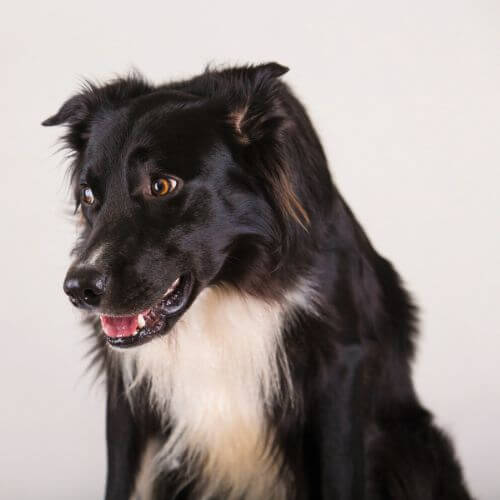
Panicking
Dogs suffering from separation anxiety can start panicking, or showing other signs of anxiety when they know you are about to leave home, and become overly excited when you return.
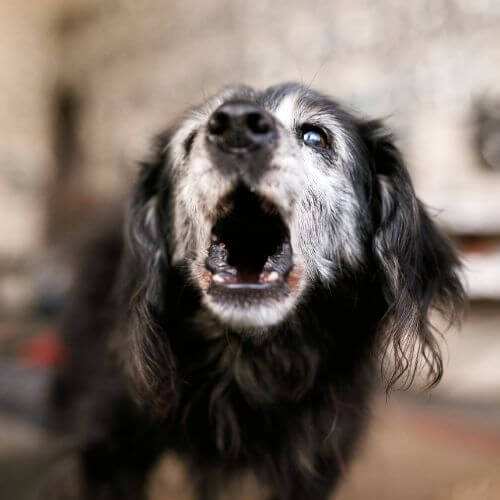
Vocalizing
This includes barking, whining, whimpering, or howling.
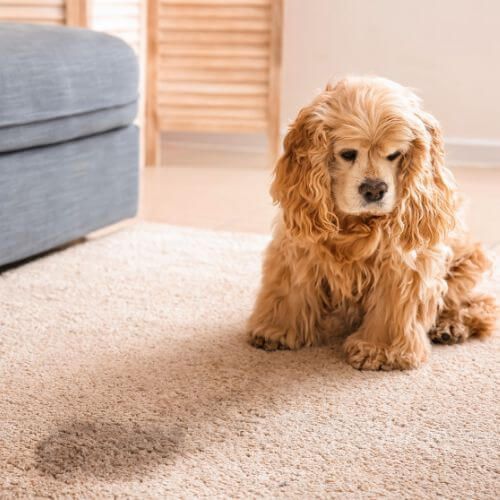
Toileting indoors
Anxious dogs can wet the floor or poo indoors, even if they have been fully house-trained.
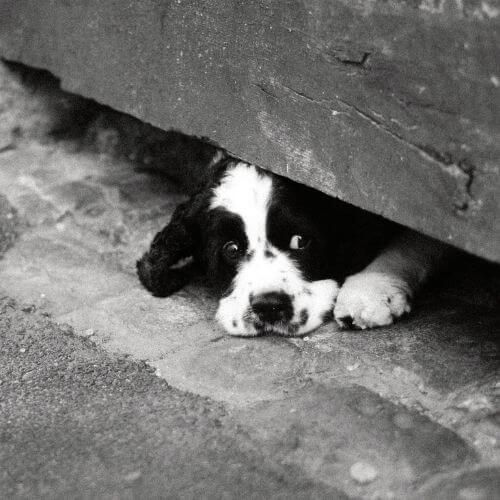
Hiding
If you find your dog hiding under the bed, or tucked away in a corner, they could be anxious about something.

Refusing to eat
Some dogs who are upset won't eat their meals, or treats, or won't play
with their interactive food toys when you're not with them.
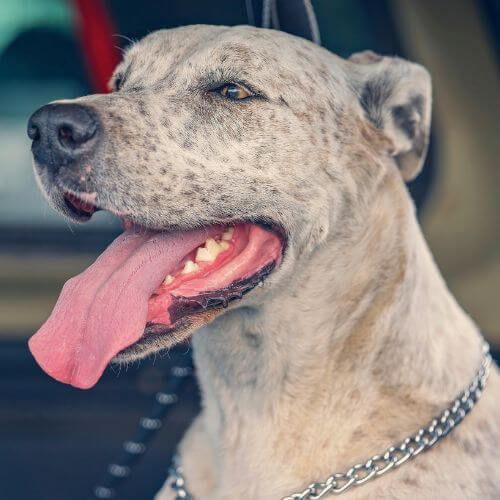
Panting
Excessive panting (for no particular reason), trembling, or drooling.

Self-harm
Signs include excessive paw licking (sometimes to the point of rawness) or tail biting

Licking the lips
This is not as obvious for you to see, but it could be another sign of anxiety.
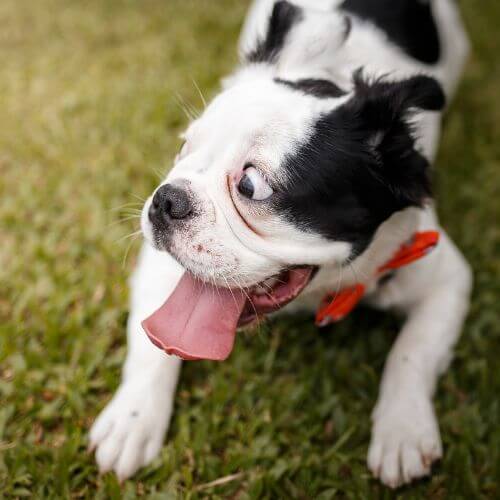
Whale Eye
Showing the whites of their eyes (their eyes are just about ready to pop out).
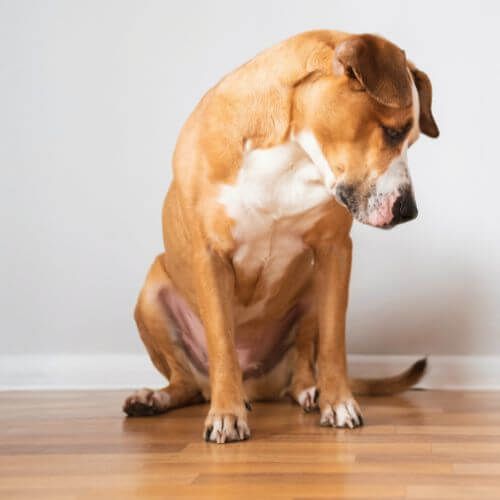
Avoiding eye contact
The dog may not want to look you directly in the eye, or look away (this can also happen when they know they have been naughty!)
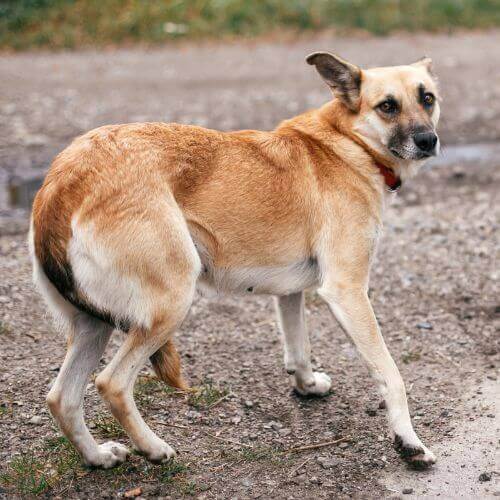
Tail tucking
Dogs may constantly tuck in their tail
So Is Your Dog Anxious?
If you notice any of the above signs, (or even if you are just worried your dog may be anxious) talk to a caring professional. A veterinarian will help you determine if your dog is suffering from anxiety. They will also be able to rule out, or diagnose, any illnesses that may be causing the anxious behaviors.
You can work with your Veterinarian or Veterinary Behaviorist to create a personalized plan to help alleviate your dog's anxiety and improve their overall well-being. Remember, the key to helping your dog is to be observant and patient and to seek professional help when needed.
